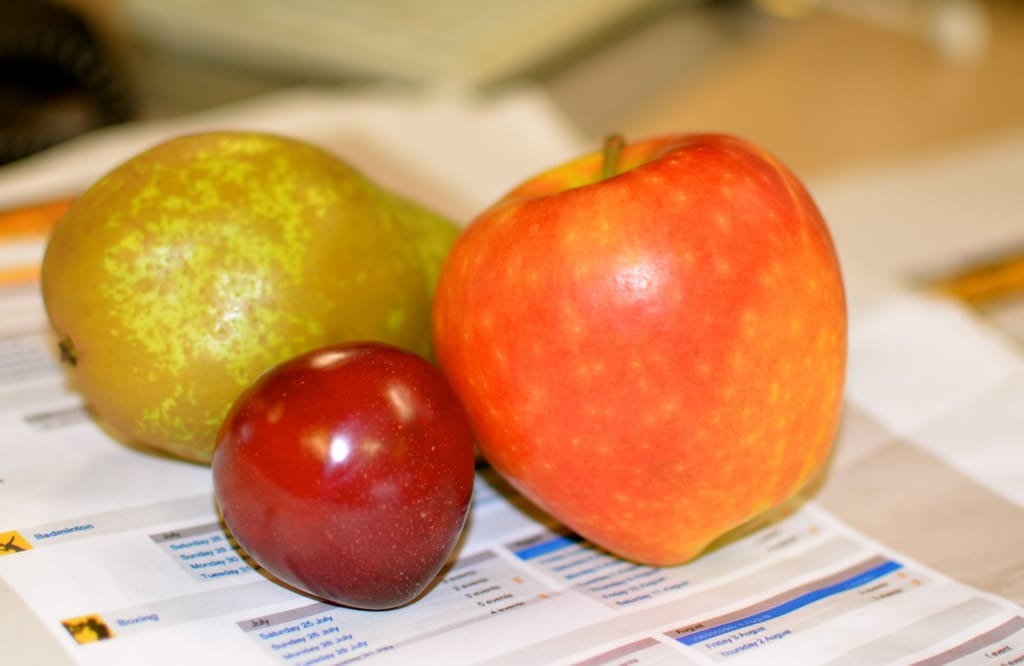Apple's Frosted Glass Revolution: How Cupertino's Latest Design Language Is Reshaping User Interfaces
Apple has quietly introduced a significant evolution to its signature design aesthetic, adding enhanced frost effects to what the company internally calls its "liquid glass" design language. This subtle yet impactful change is rolling out across iOS 18, macOS Sonoma, and the latest Apple hardware, signaling a new chapter in the company's visual identity that could influence interface design across the entire tech industry.
The Science Behind the Frost
The enhanced frost effect isn't merely cosmetic—it represents a sophisticated approach to visual hierarchy and user experience. Apple's design team has refined their translucency algorithms to create what they describe as "adaptive opacity," where interface elements respond more dynamically to content behind them.
The new frost implementation uses advanced Gaussian blur techniques combined with real-time color sampling to create interfaces that feel more integrated with their surroundings. Unlike the static translucency of previous iterations, this system adjusts its opacity and blur intensity based on the underlying content's contrast and color temperature.
Where You'll See the Changes
iOS 18 Control Center
The most dramatic implementation appears in iOS 18's redesigned Control Center. The frosted glass panels now feature variable opacity that intensifies when overlaying bright wallpapers and softens over darker backgrounds. Early user testing suggests this creates a more comfortable viewing experience while maintaining the premium aesthetic Apple is known for.
macOS Interface Elements
On macOS, the enhanced frost appears prominently in the updated menu bar, sidebar panels, and notification center. The effect is particularly noticeable in apps like Safari, where the translucent toolbar now creates a more seamless visual connection between web content and browser chrome.
Hardware Integration
Apple's latest hardware, including the M4 MacBook Pro lineup and updated iPad Pro models, feature display technologies specifically optimized for these enhanced frost effects. The improved mini-LED backlighting and ProMotion displays render the subtle gradients and real-time blur effects with unprecedented smoothness.
The Broader Design Philosophy
This evolution reflects Apple's broader shift toward what design experts are calling "environmental computing"—interfaces that adapt to and harmonize with their surroundings rather than imposing rigid visual boundaries. The enhanced frost effects serve as a bridge between digital content and physical environments, particularly important as augmented reality features become more prevalent in Apple's ecosystem.
Industry analysts note that this approach addresses a growing user fatigue with stark, high-contrast interfaces. By introducing more nuanced transparency effects, Apple is creating visual breathing room that reduces eye strain during extended use sessions.
Performance Considerations
Despite the visual sophistication, Apple has optimized the frost effects to maintain smooth performance across its device lineup. The company leverages dedicated GPU processing and machine learning acceleration to render these effects without impacting battery life or thermal performance.
On older devices, the system intelligently scales back the intensity of frost effects, ensuring that the core functionality remains accessible while preserving the overall design language. This graduated approach allows Apple to maintain consistency across its ecosystem while pushing visual boundaries on newer hardware.
Industry Impact and Future Implications
Apple's design decisions historically ripple through the entire technology industry, and early signs suggest this frost evolution will be no exception. Several major app developers have already begun incorporating similar translucency effects in their iOS apps, while Android manufacturers are reportedly exploring comparable implementations for their custom interfaces.
The timing aligns with Apple's broader push into spatial computing and augmented reality, where the ability to blend digital interfaces with physical environments becomes increasingly critical. The enhanced frost effects serve as a foundational element for more ambitious mixed-reality experiences planned for future Apple devices.
Looking Forward
As Apple continues to refine its liquid glass design language, users can expect to see these frost effects evolve further. The company has hinted at seasonal variations and contextual adaptations that could make interfaces feel more alive and responsive to user behavior.
This latest design evolution demonstrates Apple's commitment to pushing the boundaries of digital aesthetics while maintaining the functional clarity that defines great user experience. For designers and developers, it represents both inspiration and a new standard for interface sophistication in the post-smartphone era.
The enhanced frost effects may seem subtle, but they represent a significant step forward in Apple's ongoing mission to make technology feel more human, more integrated, and ultimately more invisible in our daily lives.

